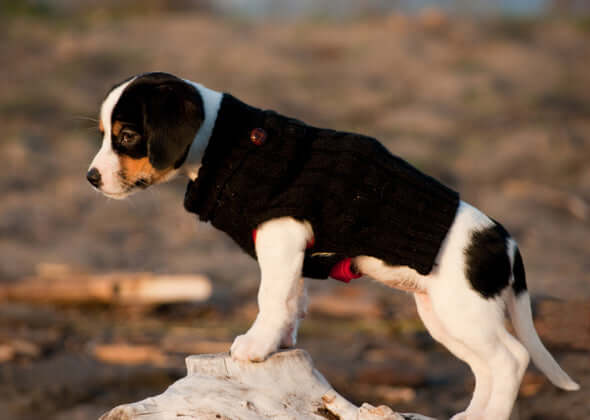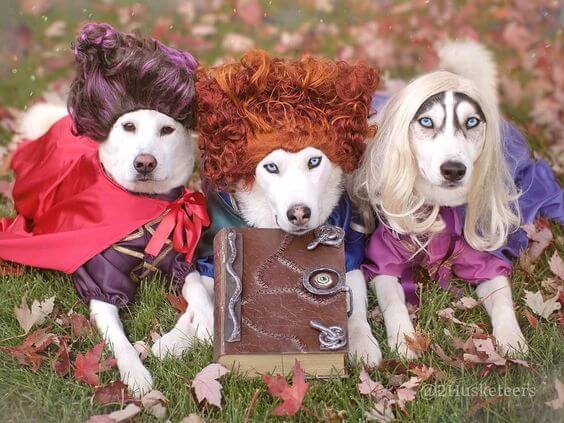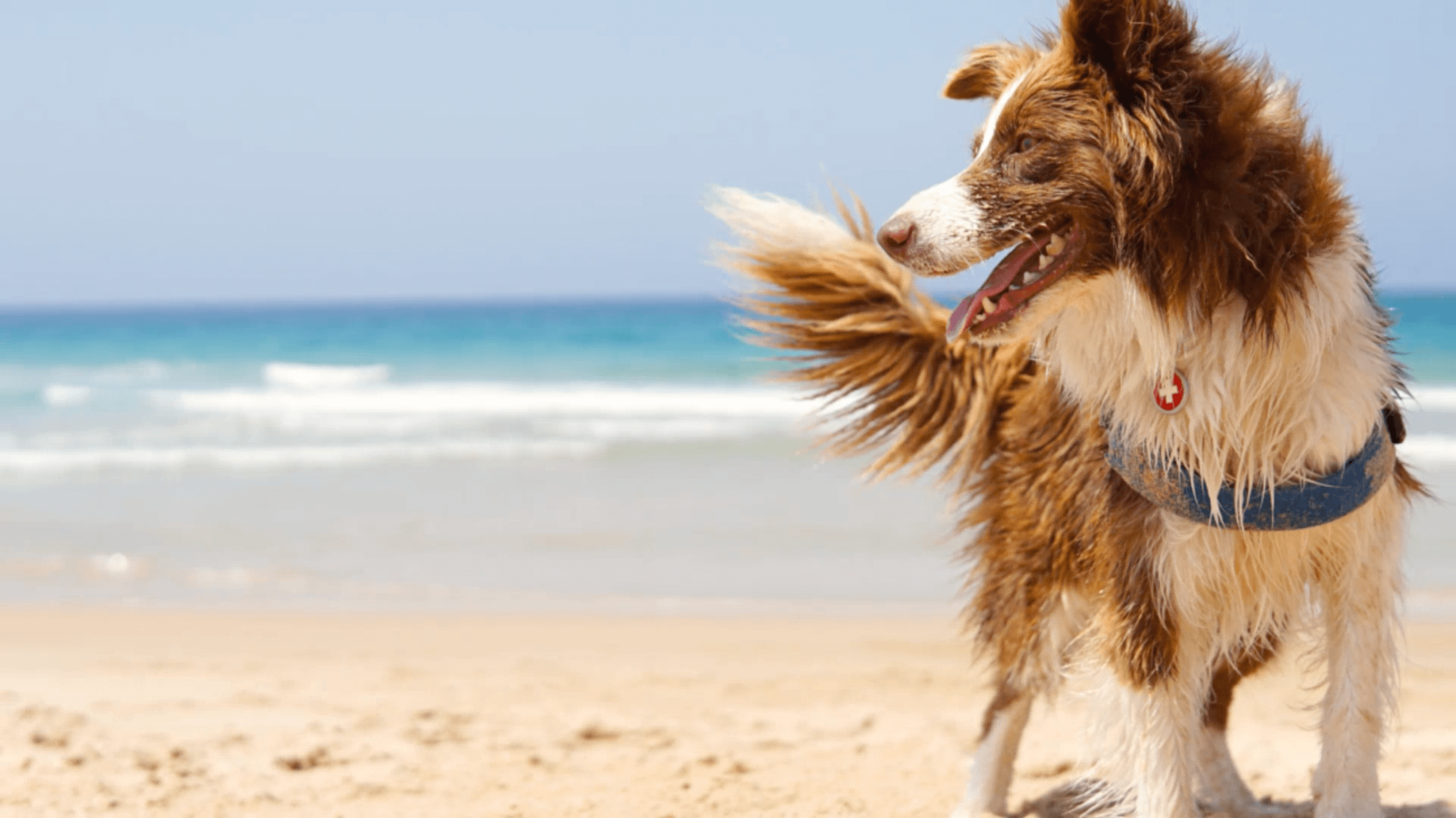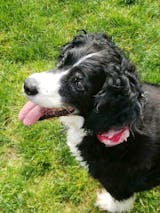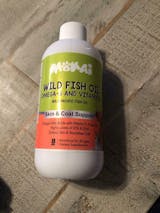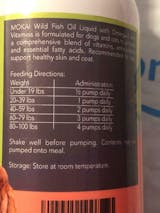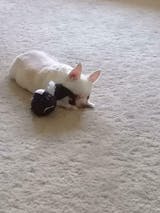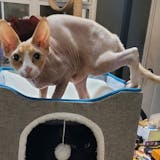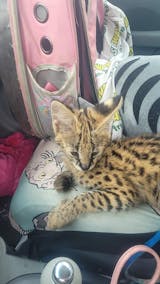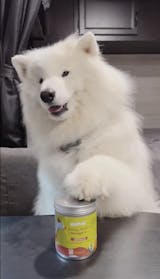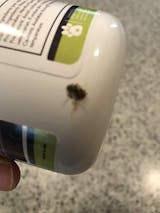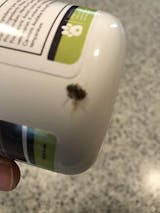Probably more often than what you’re currently doing. Most pet parents aren’t aware of the importance washing our dog’s food and water bowls has. And they surely don’t do it as often as they should.
If you can relate to them, please don’t feel guilty! It’s a common honest mistake many pet parents go through not because they don’t care about their pup, but because they actually don’t know the importance this habit represents.
What matters is not what you did not do, but what you can do from now on.
Let’s start by answering what brings us here today: how often should I wash my dog’s food and water bowls? Well, it depends.
If your dog eats dry food such as kibble, you should wash it at the end of the day (every day, of course) after they’ve had their last meal.
If your pup is following a raw diet and eats wet food, then you should definitely wash it after every meal.
And what about the water bowl? Well, you’ll be fine washing it once a day, whenever you prefer.
Now that we have set that straight, we can begin to answer the question that’s probably going around your head at this moment: why should I clean my dog’s water and food bowls?
Why should I clean my dog’s water and food bowls?
If you think about it, you wouldn’t want to eat out of a dirty plate either now, wouldn’t you? Yes, we know dogs eat poop and sniff each other’s butt, we are not like them. But when it comes to the bowl they eat from, it’s pretty much the same.
Believe it or not, their food and water bowls can be home to an incredible amount of bacteria. As a matter of fact, a study done in 2021 by the NSF claimed that pet food dishes are the “4th germiest product found in the average home”.
It also listed some of the possible bacteria that can be found in their bowls: “Staphylococcus aureus, Pasteurella multocida and different species of Corynebacterium, Streptococcus, Enterobacteria, Neisseria, Moraxella, Bacillus and, less frequently, Salmonella and Pseudomonas.”
Another interesting fact added by this study was that the bacteria found in pet food bowls depends on factors such as their oral hygiene (another reason why it’s so important to keep their teeth clean) and the environment they’re found in. It’s not the same a food bowl that’s inside the house, that one that’s on the outside and exposed to many other factors.
The big problem with these bacteria is that they can cause diseases to your dog. For example, staphylococcus aureus can cause skin and ear allergies, pasteurella multocida can result in joint, nasal, sinus, ear and eyes infections, and streptococcus can cause fever, pneumonia and arthritis.
Now, do you understand what we mean when we say it’s extremely important to clean your dog’s food and water bowls?
How to clean your dog’s water and food bowls?
Although there isn’t much science to it, we are going to share with you which is the best way to clean your dog’s food and water bowls. It’s just like cleaning your own dishes.
You’ll need water, dish soap and a sponge. You can use the same dish soap you use to clean your own dishes, nevertheless we do recommend not to use the same sponge. Make sure to keep an extra sponge or cloth to clean your pup’s bowls.
Once you get all the materials, just start scrubbing!
If you haven’t cleaned your dog’s food bowl in a while, then there might be some leftover food or mysterious substances stuck to it. If that’s the case, then you can just leave them soaking in hot water with some dish soap. After approximately thirty minutes, give it a good scrub, and it should be good to go.
Of course, this won’t happen again once you acquire the habit of cleaning regularly.



